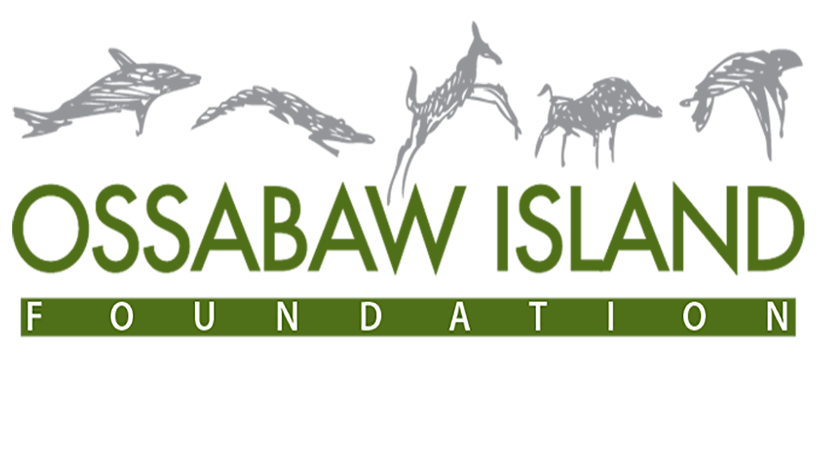

A Southern Underground Railroad
by Dr. Paul M. Pressly
University of Georgia Press
Release date: August 1, 2024
Fall Book Tour featuring new research on the history of Titus of Ossabaw Island,
1767 – 1797: his escape to freedom in Spanish Florida and his heroic return to the
Georgia coast to liberate other enslaved African Americans.
Fall Book Tour: Dr. Pressly will lecture and sign books.
- Atlanta Wednesday, August 28th
- Macon Thursday, September 12
- Savannah Thursday, September 26
- Athens Thursday, September 29
- Decatur Book Festival Saturday, October 5
- St. Simons TBA
- St. Augustine TBA
Established Wireless Internet Connectivity
Barrier Island Observatory 2007 – 2010
In 2007, the Ossabaw Island Education Alliance established wireless internet connectivity between the island and the mainland, and in 2008-2009 facilitated development of the Barrier Island Observatory, funded by Georgia Power, a network of sensors and webcams to transmit real-time science data from Ossabaw Island to classrooms, homes and labs around the world.
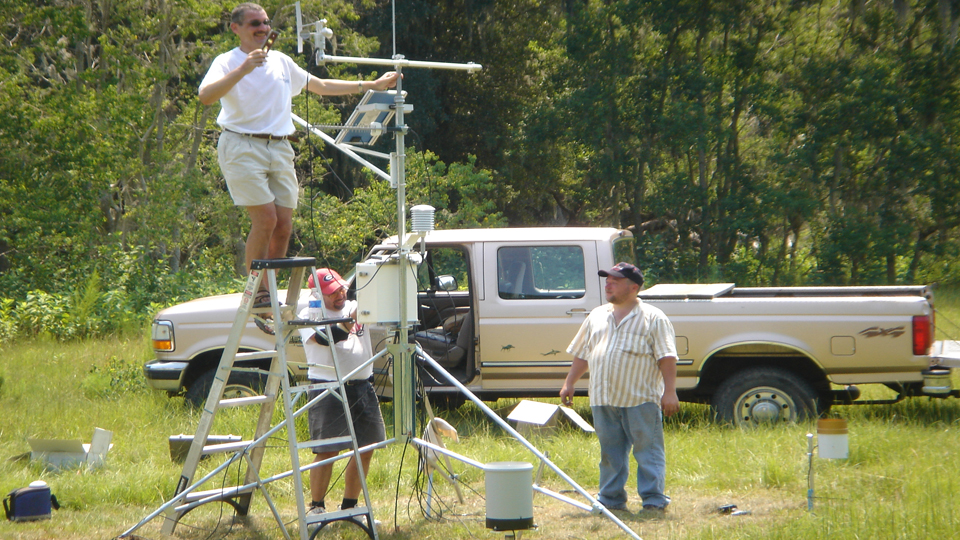
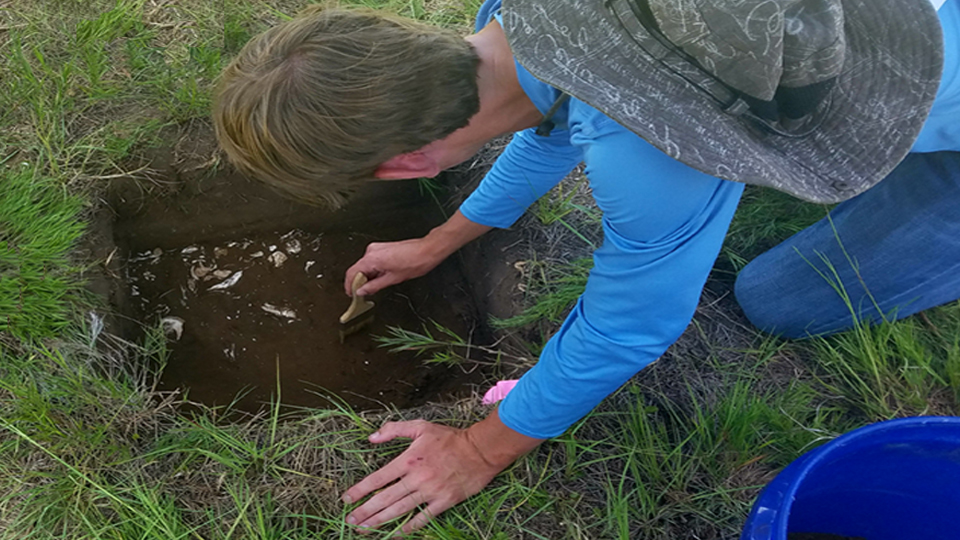
Uncovering the Mysteries of Ossabaw
2005 – Present
The Ossabaw Island Education Alliance (OIEA) was Created as an educational partnership between the Board of Regents of the University System of Georgia, the Georgia Department of Natural Resources, and The Ossabaw Island Foundation to bring colleges and universities to study and learn from the rich heritage found on the 26,000 acres of Ossabaw Island. The Education Alliance fosters exceptional educational, cultural and scientific programs and resources for students, teachers, researchers in science, ecology, and history, and other educators engaged in active learning experiences. Its aim is to make Ossabaw Island a nationally recognized education program focusing on many disciplines.
Initiative to Recover & Preserve African American History in the Georgia Low Country
2008 – 2010
The Alliance is leading an initiative to recover and preserve the nearly 300 year history of African Americans who lived as enslaved people and freedmen on Ossabaw and on the Georgia coast. In 2008, 450 historians and lay people from 18 states and 3 foreign countries attended a history symposium sponsored by the Alliance on African Americans in the Georgia lowcountry, the first of its kind. The University of Georgia Press recently published a book from the original research presented at this event.
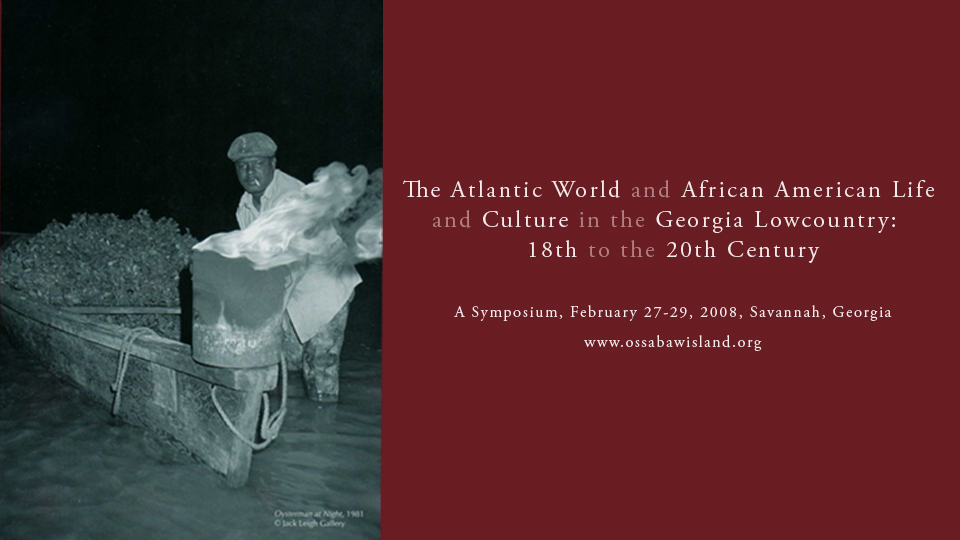
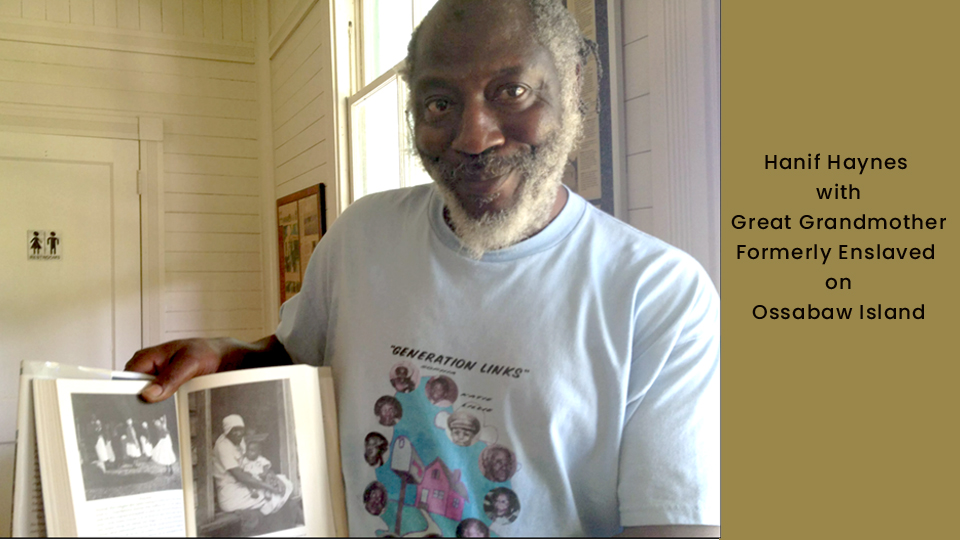
On-going Research
2009 – 2013 and 2017
In 2009, the Education Alliance was the leader in securing a $40,000 grant through the National Endowment for the Humanities. Beginning in early 2010, the one-year-long planning grant brings together a team of nationally renowned experts in American history, Gullah history and culture, historic and natural site interpretation, archeology, oral history research, archival research and museum studies.
The team members are conducting original research and reviewing existing research on African American families that lived and worked on Ossabaw Island from the 1700’s through 1900, as enslaved people and freedmen. From this effort, the Ossabaw Island Foundation is developing a plan to share with the public the untold stories of these people, through on site information, expanded interpretation with existing and new groups of visitors, and via the internet.
Educational Institutes
2009 & 2018
Instructed teachers and professors on daily life for 19th-century enslaved workers. Led by Georgia Historical Society, funded by the National Endowment for the Humanities. Interpreted the Ossabaw Island story of enslaved Africans and Freedmen tenant farmers.
In 2009, OEA organized the Genesis & Ossabaw Island Project director’s reunion. Oral history interviews were conducted and a documentary was filmed.
In 2016, the Textile Society of America held a field trip to Ossabaw to explore the history of indigo.
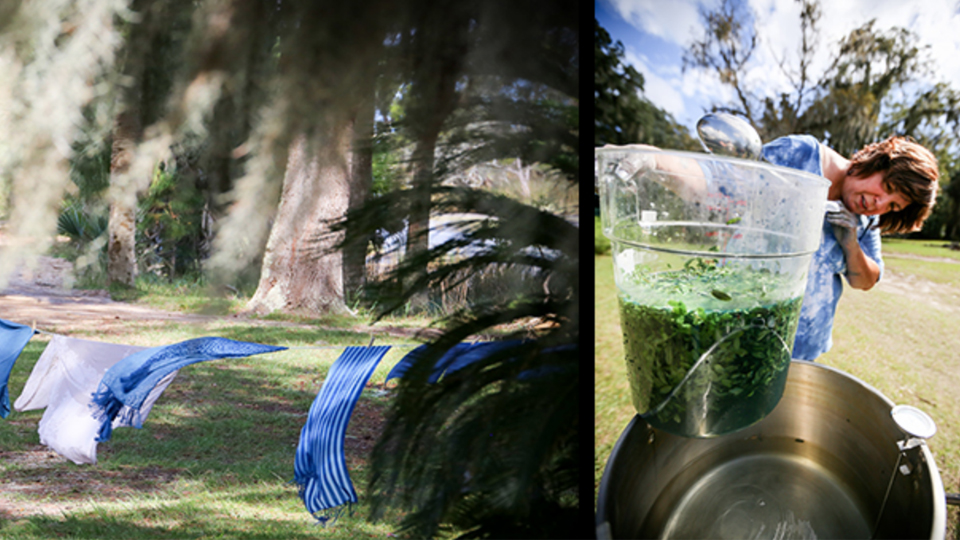
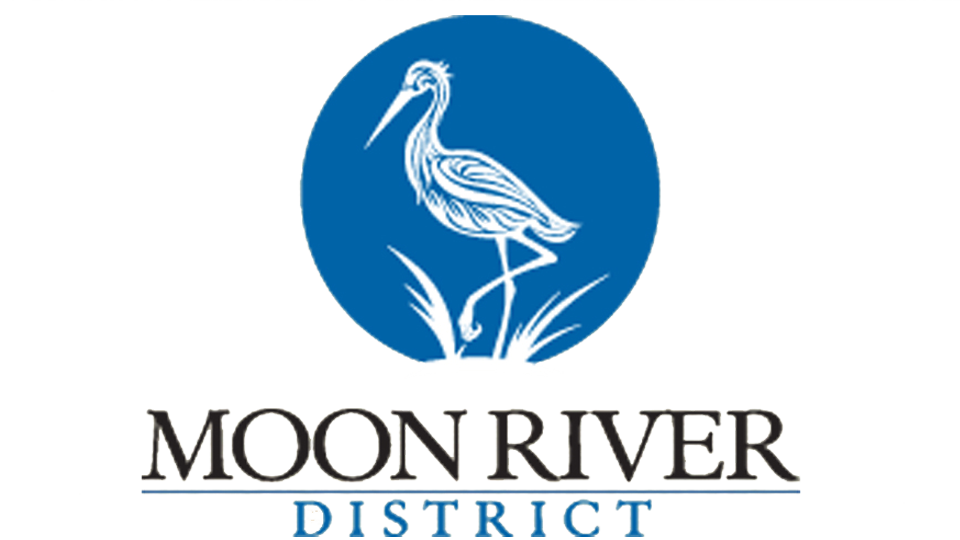
Moon River District
2013 – Present
Created a partnership of six sites (including Ossabaw Island) to increase visitation and awareness, and educate the public about the area’s common history and geography. Moon River District members are:
- Bethesda Academy
- Isle of Hope
- Ossabaw Island State Heritage Preserve
- Pin Point Heritage Museum
- Skidaway Island State Park
- University of Georgia Aquarium
- Wormsloe Historic Site
Coastal Nature, Coastal Culture: Environmental Histories of the Georgia Coast
2016 – 2018
The Ossabaw Island Education Alliance hosted a symposium featuring original research presented by twelve historians and writers on how 5000 years of people and cultures were influenced by Georgia’s 100 mile coastline. The University of Georgia Press published a book from the conference proceedings in July 2018.
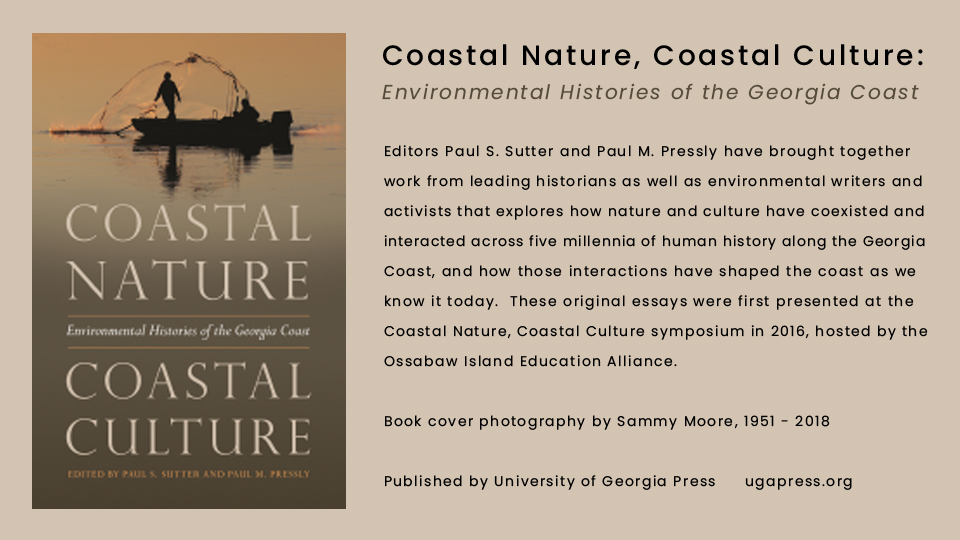

OssaBEST
2008 – 2010
In 2007, Armstrong Atlantic State University (Armstrong) in Savannah, GA received a $1.2 million grant from the National Science Foundation. With the grant, Armstrong developed OssaBEST, a three year project teaching computer technology to local middle and high school students and teachers conducting research on Ossabaw and transmitting data through the Barrier Island Observatory. The Education Alliance served as a key partner in the effort. We worked with Armstrong faculty to develop the program, sponsored the grant application, provided matching in-kind support, and represented the Barrier Island Observatory and the Georgia Board of Regents on the NSF grant team.

